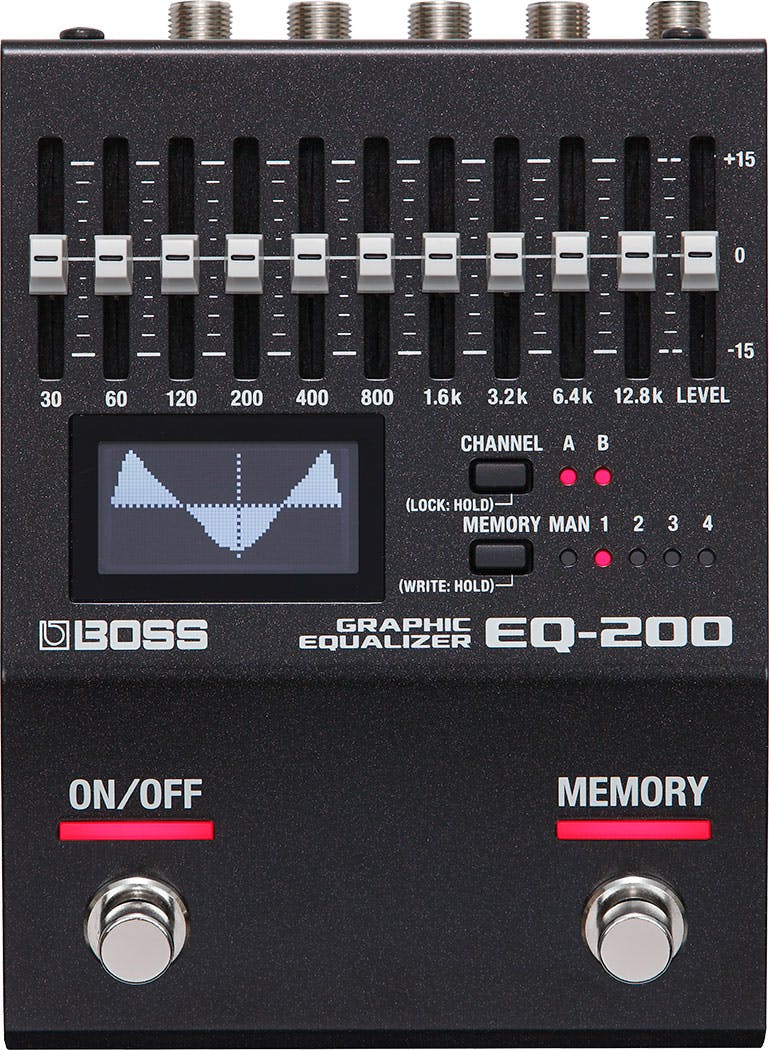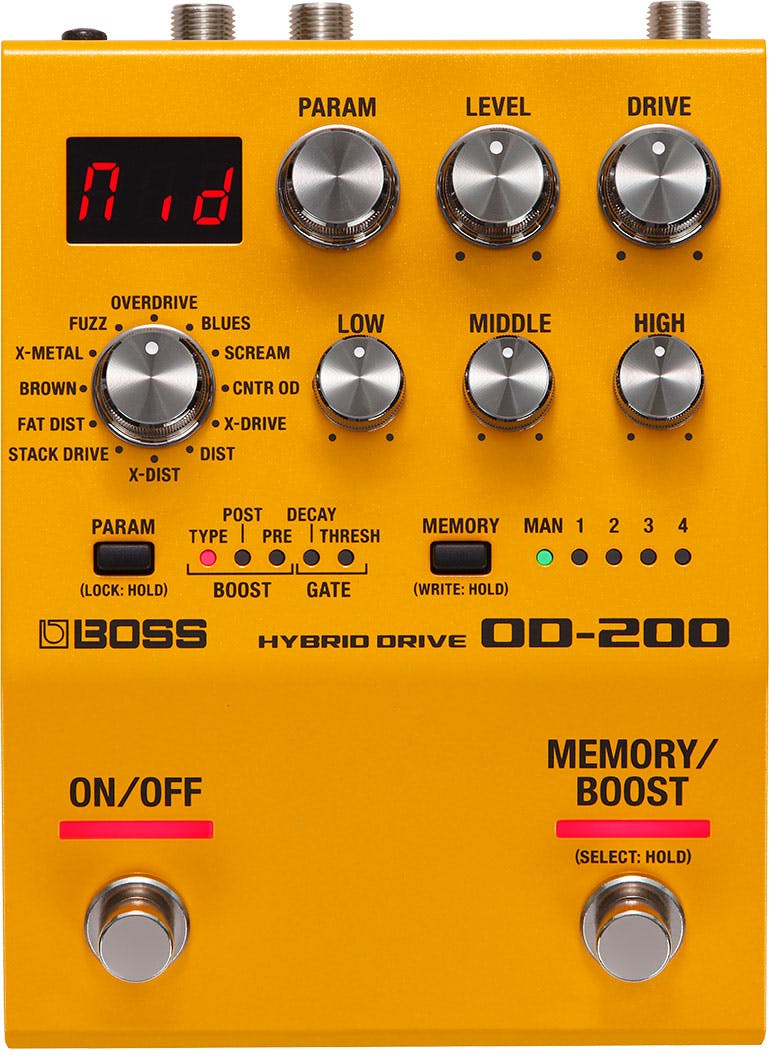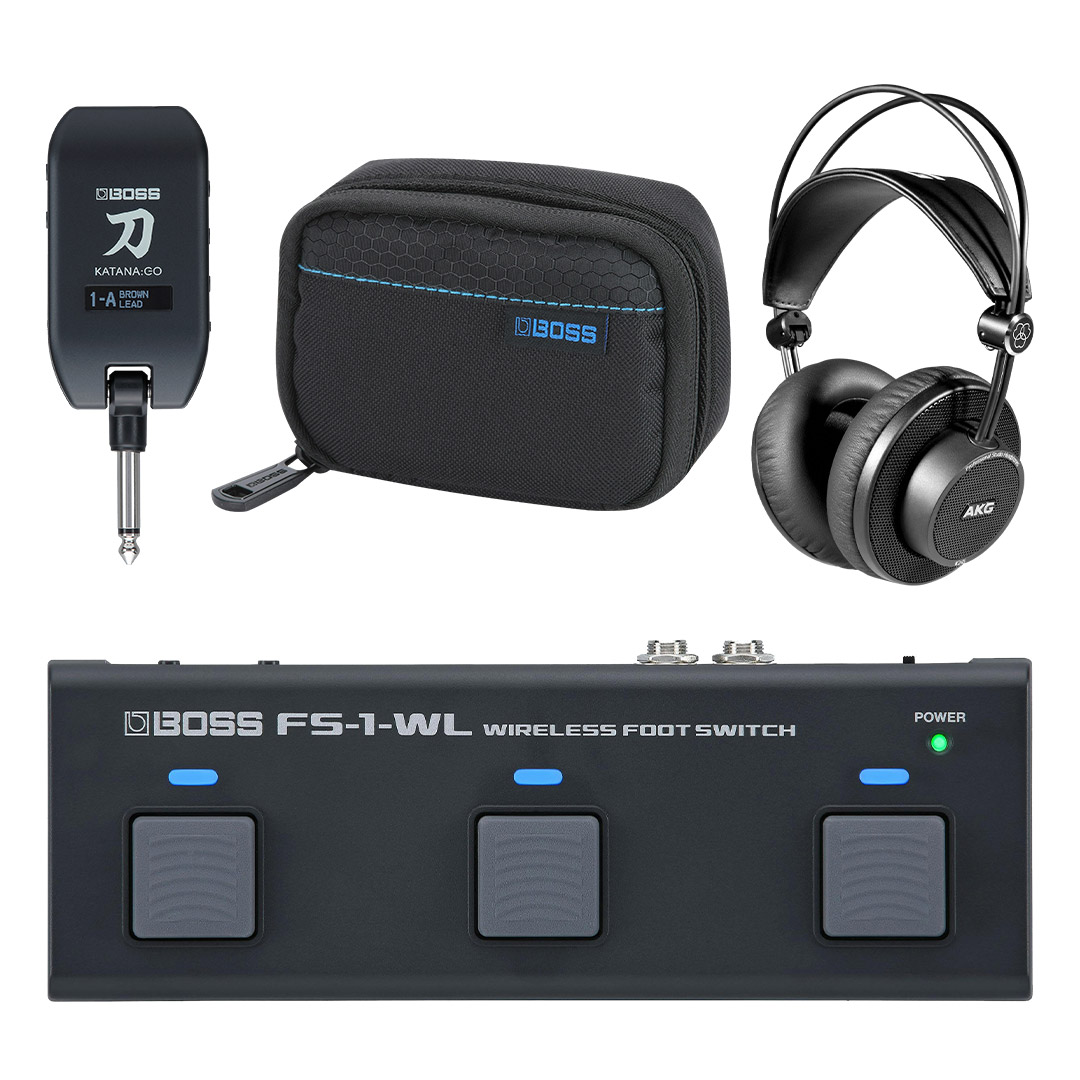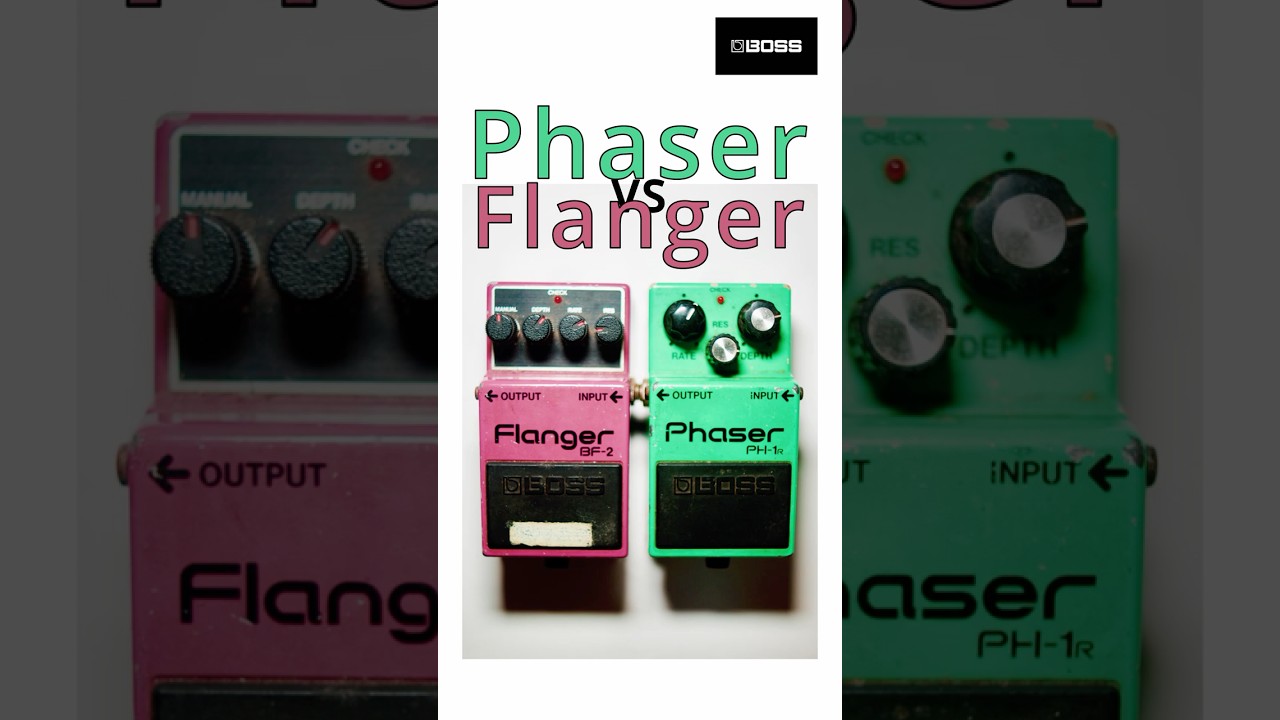Description
The Boss EQ-200 Graphic Equaliser Pedal is currently retailing at £229 and it is out of stock. Available to be delivered to you by post direct (some charge may apply).The team at Just Pedals think that Boss nailed it with the Boss EQ-200 Graphic Equaliser Pedal. Boss EQ-200 Graphic Equaliser Pedal









































